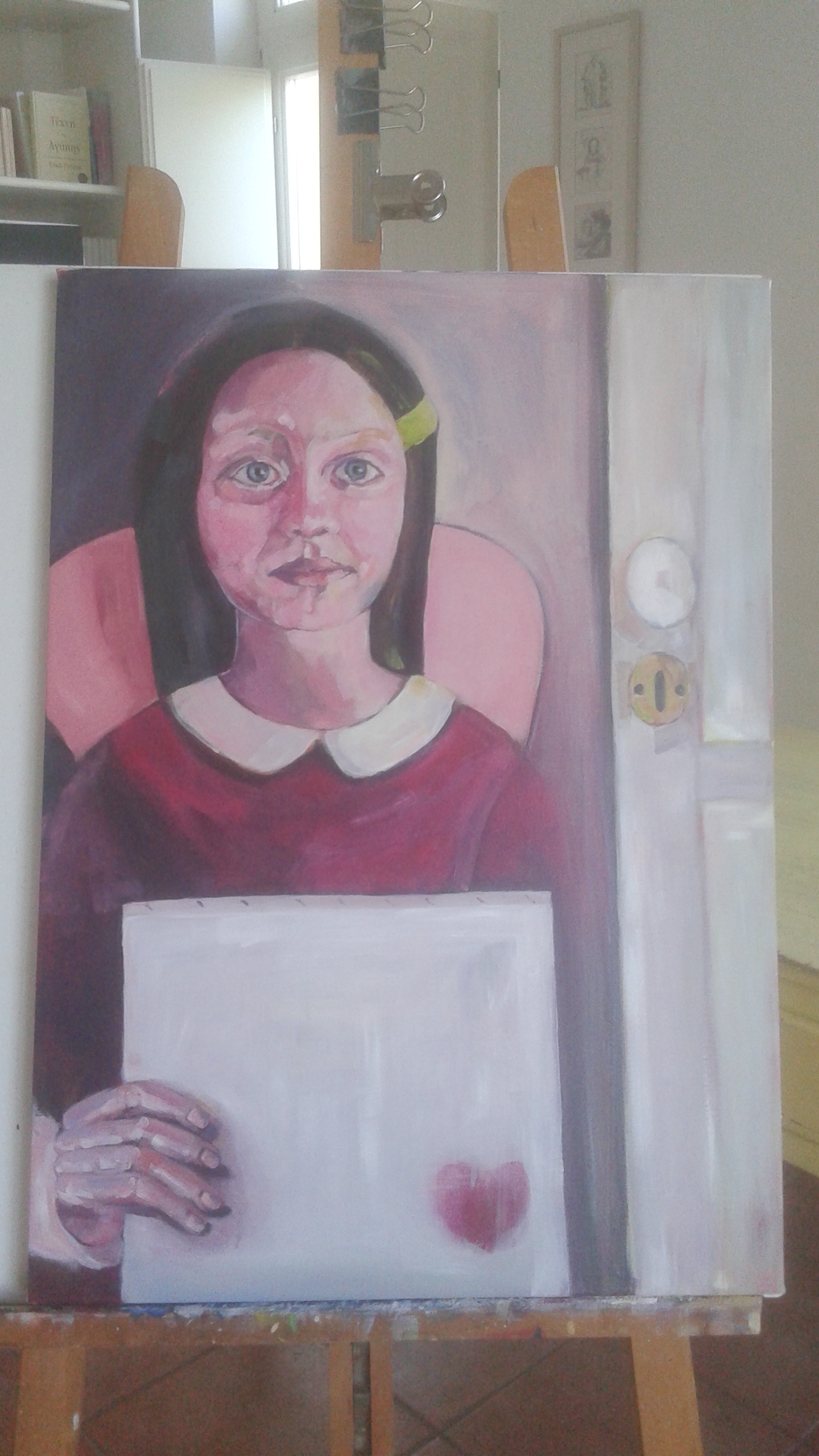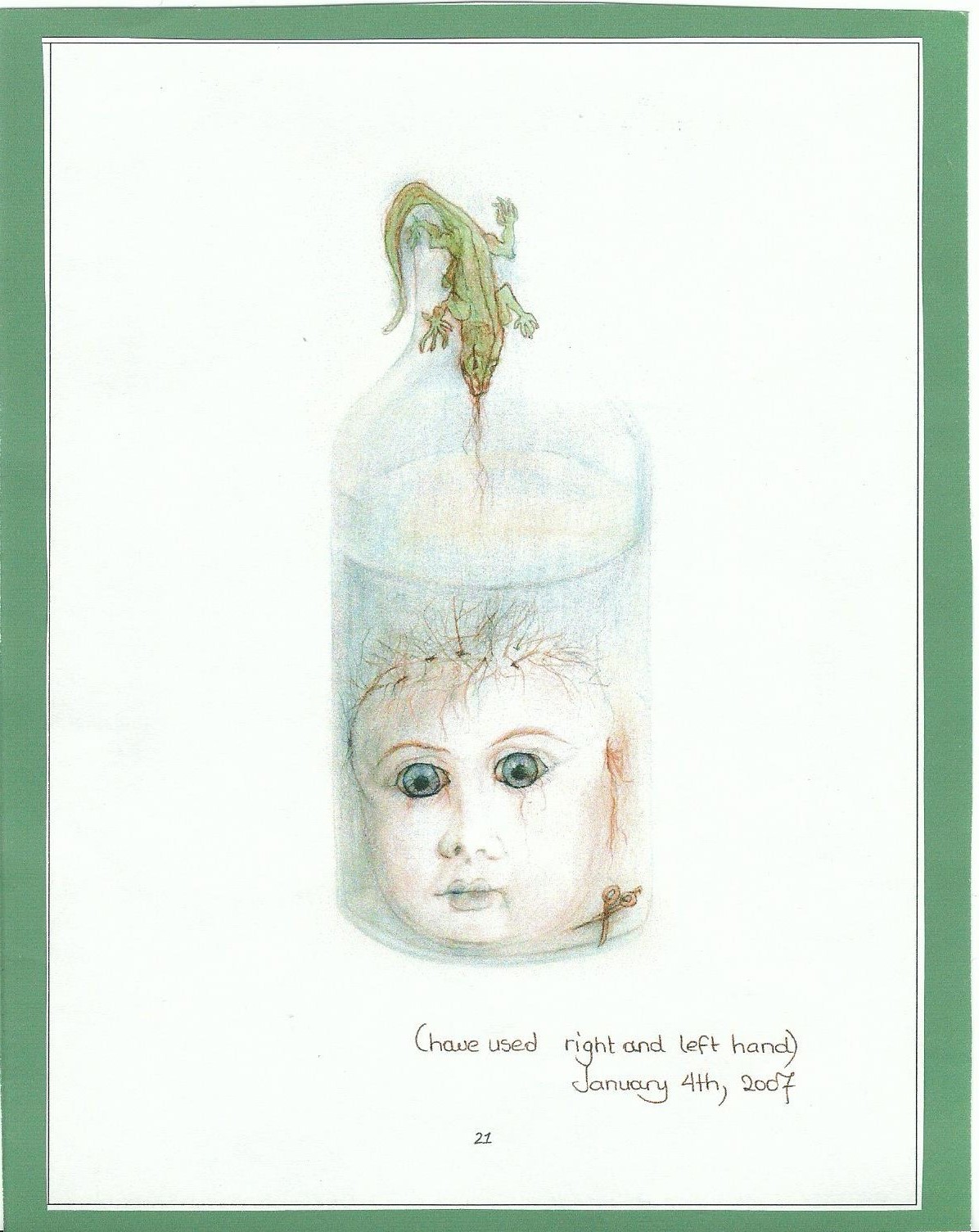A psychological perspective
‘Above all is humanity, nothing else exceeds it.’ by the medieval Bengali poet Baru Chandidas
‘Human nature is not a machine to be built after a model, and set to do exactly the work prescribed for it, but a tree, which requires to grow and develop itself on all sides, according to the tendency of the inward forces which make it a living thing…’ John Stuart Mill
 Carl Jung wrote that “Everyone carries a shadow, and the less it is embodied in the individual’s conscious life, the blacker and denser it is. If an inferiority is conscious, one always has a chance to correct it. Furthermore, it is constantly in contact with other interests, so that it is continually subjected to modifications. But if it is repressed and isolated from consciousness, it never gets corrected.” (1938). Pat Ogden refers to the explicit and implicit self and believes that in order to change procedural habits we need to take hold of our unconscious mind, the part with no words, and see what’s going on below. Whether we use the term shadow or we describe this implicit human experience as unintegrated trauma or events, disowned aspects of self and unmetabolized emotions, the fact is that everybody carries material that is less embodied and integrated into their conscious life, which ultimately encumbers living, impacts potential and choices and thwarts well-meant intentions. When there is a lot of unmetabolized trauma and emotions and when we cease to gently listen inwardly, the past has a stronger grip on us. In our shadow, if we want to call it that, or in layers of consciousness we have not accessed, lie not only our psychological defenses and forgotten and neglected pains, but also, our gifts and joys.
Carl Jung wrote that “Everyone carries a shadow, and the less it is embodied in the individual’s conscious life, the blacker and denser it is. If an inferiority is conscious, one always has a chance to correct it. Furthermore, it is constantly in contact with other interests, so that it is continually subjected to modifications. But if it is repressed and isolated from consciousness, it never gets corrected.” (1938). Pat Ogden refers to the explicit and implicit self and believes that in order to change procedural habits we need to take hold of our unconscious mind, the part with no words, and see what’s going on below. Whether we use the term shadow or we describe this implicit human experience as unintegrated trauma or events, disowned aspects of self and unmetabolized emotions, the fact is that everybody carries material that is less embodied and integrated into their conscious life, which ultimately encumbers living, impacts potential and choices and thwarts well-meant intentions. When there is a lot of unmetabolized trauma and emotions and when we cease to gently listen inwardly, the past has a stronger grip on us. In our shadow, if we want to call it that, or in layers of consciousness we have not accessed, lie not only our psychological defenses and forgotten and neglected pains, but also, our gifts and joys.
One could imagine the mind or the psyche as a mansion with many doors. The fewer the doors that are closed off the greater the flow of our inner experience and the less burdened we are from our past and cultural programming, which in turn increases the level of well being in all areas of life. The more bubbles of psychic experience that are unconscious or semi conscious and unprocessed, the more constriction we feel within, which influences the levels of freedom and ease we experience in our life. Inner spaciousness and peace grow as our capacity to relate to our denied or dissociated experiences grows. Our capacity for presence and living in the now also expand as we feel and know those places. One could also say we all have our different brand of bottle of repressed and oppressed qualities. Experiences and emotions that we need to slowly pour out.
If we imagine the self or our psychic reality as a container, the different bubbles could be said to represent repressed anger and other unmetabolized emotions like shame or fear, unprocessed trauma or loss, and so on. One bubble of cut off experience could be said to contain the Fatal Flaw or Secret. This term comes from Dr Jonice Webb, who has found through her work that most people live their lives harboring a secret, which they are not even fully aware of its exact nature and which results in their feeling and believing that they are unworthy, undeserving and flawed in some terrible way. She writes: “Legions of good people live through decades of their lives harboring a painful secret. They guard it as if their life depends on it, not realizing it’s not even real. It’s a secret that is buried deep inside them, surrounded and protected by a shield of shame. A secret that harms no one, but does great damage to themselves. A secret with immense power and endurance. It’s their Fatal Flaw…… This Fatal Flaw is a deep-seated, entrenched feeling/belief that you are somehow different from other people; that something is wrong with you. Your Fatal Flaw resides beneath the surface of your conscious mind. Outside of your awareness, it drives you to do things you don’t want to do and it also stops you from doing things you should do. Rooted in your childhood, it’s like a weed. Over time it grows. Bit by bit, drop by drop, it quietly, invisibly erodes away your happiness and well-being. All the while you are unaware. The power of your Fatal Flaw comes partially from the fact that it is unknown to you. You have likely never purposely put yours into words in your own mind. But if you listen, from time to time you may hear yourself expressing your Fatal Flaw internally to yourself or out loud to someone else.”
According to Jonice Webb The Fatal Flaw takes root in childhood and revolves around a deep rooted sense of difference and unworthiness, and it could be anything, but it is unique to each individual. It is a deep-seated feeling that something is wrong with oneself and that one is missing something that other people have. Often this leads to living life on the outside, feeling as if one doesn’t quite fit in anywhere. Its seeds are planted by messages people convey to us as children and later reinforced by other people’s button pressing, but actually it is neither fatal nor a flaw because it’s not even real. It’s powered only by our supercharged belief that it is both. She claims that the fatal flaw undermines our confidence to take risks, may makes us feel uncomfortable in social situations, keeps our relationships at a surface level, makes us question the meaning of our life. We can also become fearful of rejection, and a great deal of our personal power is constantly drained by this operating ‘secret’. Webb suggests ways to work with these fears born in the depths of our childhood using tools of awareness, our emotions, our intellect, and our words. Briefly, one needs to first acknowledge and accept it, and then and recognize that it’s not a real flaw, but a belief and a feeling; feel the emotions; identify its specific cause in childhood and consider how the seeds of our fatal flaw got planted; process it, make it visible; discuss it. We need to focus on the evidence that has been there all along that contradict the secret or the fatal flaw. So, we engage in a process of acceptance, feeling what is there, and an inner dialogue to unburden aspects of our psyche stuck in the past, in order to finally let go. As C. Jung wrote: “we don’t really heal anything, we simply let go,”
So, even when it not easy to know all our truth or open all the doors we watch for the openings knowing that life and conditioning has taken all of us, to one degree or another. To even be aware of it is something because it can be the beginning of dismantling old beliefs and purging stuck emotions, and with each experience or aspect of self that we integrate a greater sense of ease and inner expansion can take place. Dr Rick Hanson suggests mindfulness and meditative practices to build a sense of inner expansion and to foster self acceptance and integration of disowned aspects of our lived experience. In his book, Neurodharma (2020), he suggests that even after a few months of meditative practices we can develop greater top-down control over the amygdala, which is the region close to the center of our brain that is continually monitoring for anything that’s painful or threatening or perceived as such due to past learning and unprocessed traumas. He claims that people in mindfulness and stress reduction trainings also grow more tissue in their hippocampus that helps us learn from our past experiences. Our hippocampus is also the part of our brain that helps us make implicit experiences like the fatal flaw explicit. Activity in the hippocampus can calm down the amygdala, and it has been observed that after mindfulness training, people produce less cortisol when they’re challenged. Practically, this means that they have become more resilient. Rick Hanson also, suggest that years of daily practice, lead to people having thicker layers of neural tissue in their prefrontal cortex, which supports processes such as planning and self-control, and more tissue in their insula, which is involved with self-awareness and empathy for others. Research suggests that many other areas of our brain involved with attention, body awareness, emotional regulation, and sense of self, also benefit from mindfulness practices, meditation and other activities. Positive changes in the brain have the potential to foster changes of mind, bringing greater resilience and well-being.
